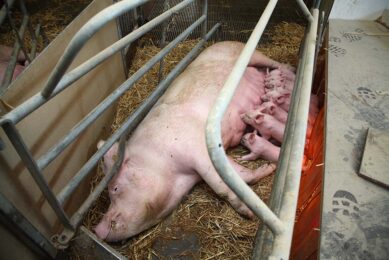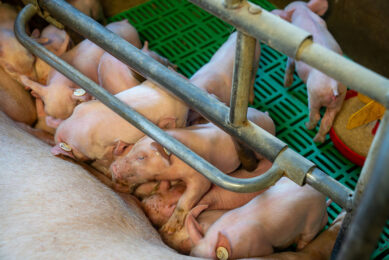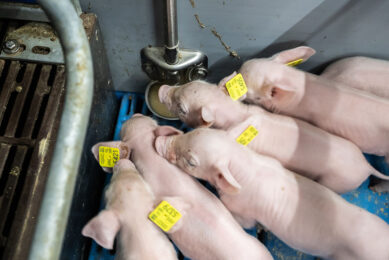Sewing the seed

Earlier this year I attended a pig genetics event in China where one of the speakers declared, “in pig production, birth is more important than death”.
Robustability versus piglets per sow per year was a huge talking point and the discussion remained inconclusive whether the quality of piglets born or number of piglets born should be considered more important. Obviously there are weighty arguments for both aspects, but for all those involved, minimising piglet mortality is key to successful pig production. “Tackling mortality and balancing this with litter size has been challenging,” explains Benny van Haandel in his article which examines the possibilities of improving piglet quality by even focusing on pre-birth, in gestating sows.
Impending changes to the pharmaceutical usage of zinc oxide in piglet diets also features heavily. With estimations that up to 90% of EU piglet starter diets contain pharmaceutical levels of zinc oxide, the industry, and those involved in nurturing those at the beginning of the cycle, have quite a job on their hands. What impact will this have and what solutions are there already in place? Innovations to support piglets through suckling and into weaning and beyond are also featured. Regardless of the number of the piglets born, death at the end of a full cycle is where producers reap their rewards with pork quality being a measurable outcome. Investing in the health and robustability of piglets sews the seeds for future economic rewards.
 Beheer
Beheer





 WP Admin
WP Admin  Bewerk bericht
Bewerk bericht